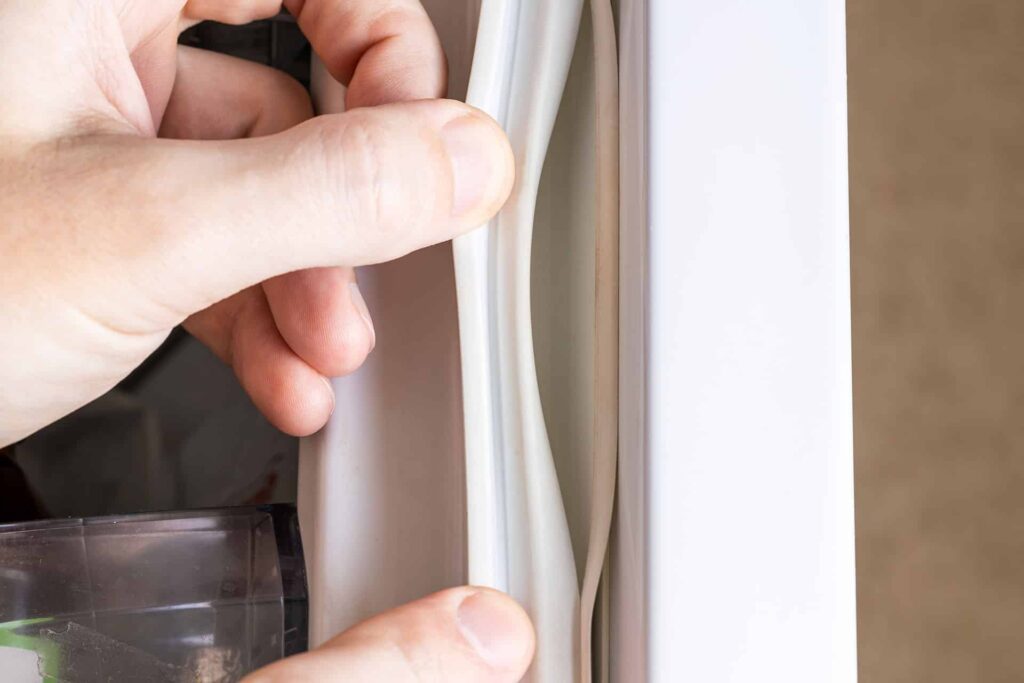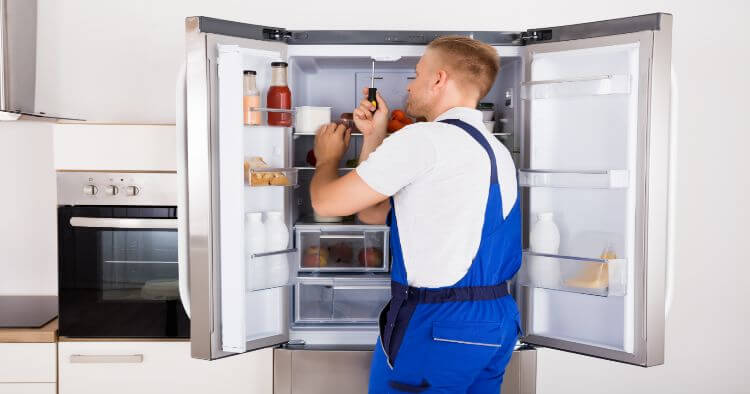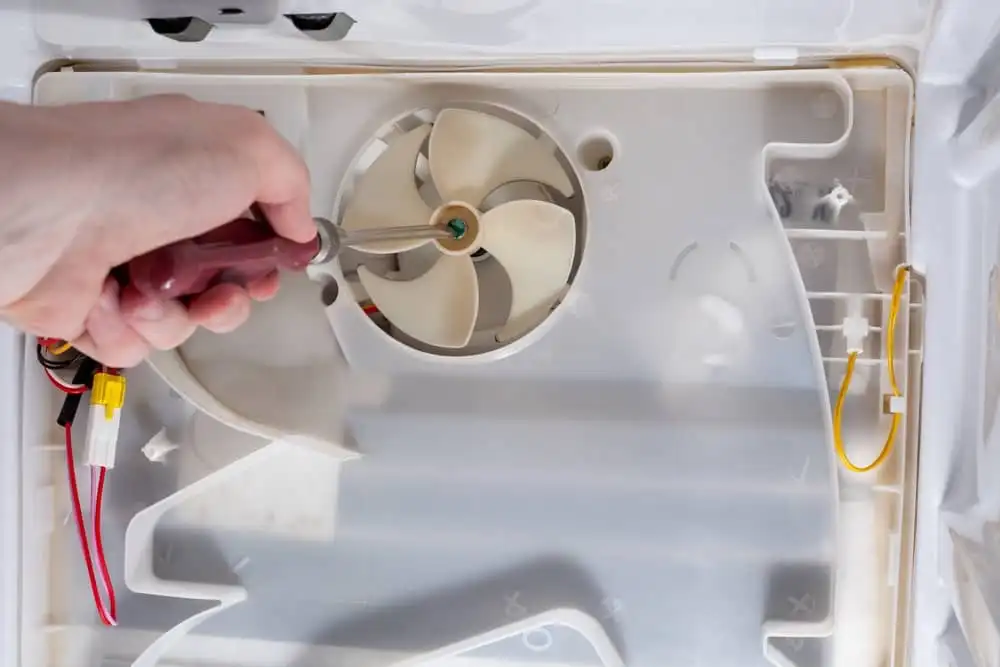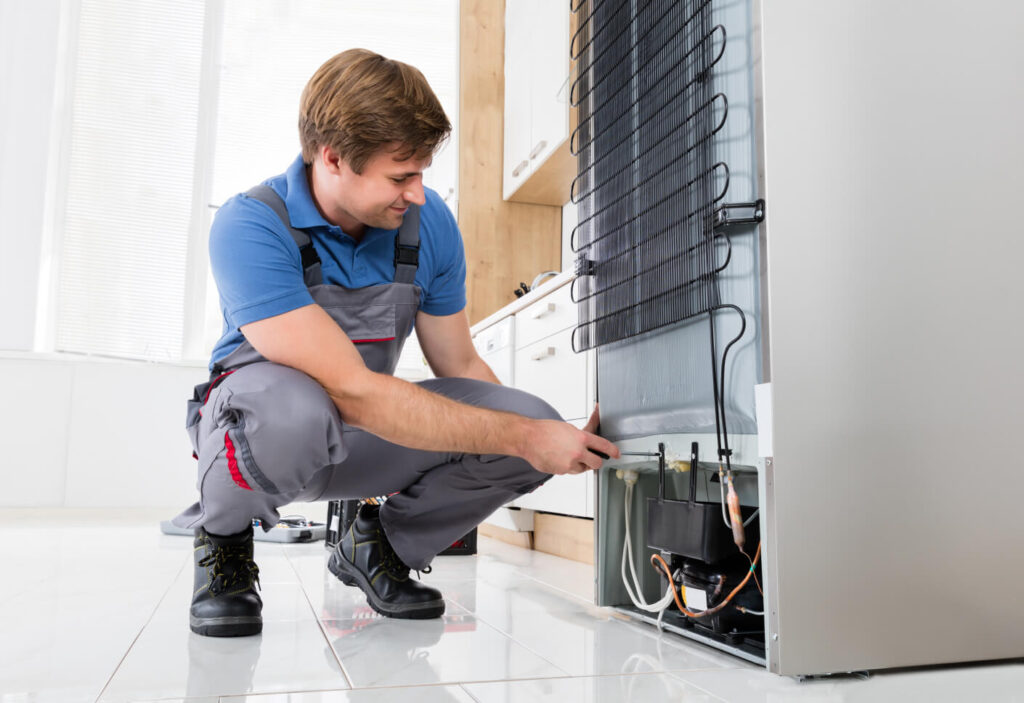A refrigerator that stops cooling is more than just a minor inconvenience—it can mean spoiled food, wasted groceries, and plenty of frustration. Before you panic and start shopping for a new fridge, consider this: most cooling problems are surprisingly common and often fixable with a few basic troubleshooting steps. This guide covers the most frequent causes of poor cooling and offers practical advice on how to get your refrigerator back to working order.
1. Check the Basics First
It might sound obvious, but sometimes the simplest issues are the culprit. Start by ensuring that the refrigerator is plugged in and the power outlet is working. Try plugging in another appliance to confirm the outlet has power. Also, make sure the temperature settings are correctly adjusted—accidentally nudged dials can make a big difference.
2. Inspect the Door Seals

A worn or dirty door gasket (the rubber seal around the fridge door) allows cold air to escape. Over time, seals can crack or become loose, which leads to inefficient cooling. Run your hand around the edge to feel for cold air leaks. If you notice any gaps, clean the seal with warm, soapy water. For damaged gaskets, replacement is usually straightforward and inexpensive.
3. Give It Space to Breathe
Refrigerators require airflow around their coils to function efficiently. If your fridge is crammed tightly against a wall or surrounded by clutter, the compressor can overheat. Pull the appliance away from the wall by at least a couple of inches. Check the back and underneath for dust buildup on the condenser coils—use a vacuum or coil brush to remove debris.
4. Organize the Inside
Overloading your refrigerator or blocking vents with food items can restrict air circulation, which prevents consistent cooling. Make sure that air vents inside the fridge and freezer compartments are clear and that items aren’t packed too tightly.
5. Listen for Unusual Noises
A humming or buzzing sound is normal, but if your refrigerator is making loud clicking or rattling noises, this might indicate a failing compressor or a problem with the condenser fan. A broken fan will often cause uneven cooling, so listen carefully when the fridge is running.
6. Test the Thermostat

If adjusting the temperature dial doesn’t seem to have any effect, the thermostat could be malfunctioning. Some modern refrigerators have digital displays that can be reset by unplugging the appliance for a few minutes, then plugging it back in. If that doesn’t help, consider consulting a technician for thermostat replacement.
7. Examine the Evaporator Fan

In most models, the evaporator fan is located in the freezer section and helps circulate cool air. If the freezer is cold but the refrigerator isn’t, a faulty evaporator fan could be the culprit. Unplug the fridge and check the fan for visible obstructions or damage.
8. Defrost the Freezer
Sometimes, a buildup of frost can block airflow from the freezer to the refrigerator compartment. If you notice ice accumulating around vents or on the back wall, unplug the fridge and allow it to defrost for several hours. Restart the appliance and monitor whether the cooling improves.
9. When to Call a Professional
If none of these steps resolve the issue, it may be time to call in an expert. Problems with the compressor, sealed system, or refrigerant are generally best left to qualified repair technicians. Attempting these repairs on your own can be risky and may void the warranty.
Conclusion
A refrigerator that’s not cooling properly can usually be traced back to a handful of common issues—most of which are simple to fix with basic tools and a little patience. By methodically checking each area, from door seals to coils, you’ll often save yourself money and hassle. That said, when in doubt, don’t hesitate to seek professional help. After all, food safety isn’t something to gamble with.

